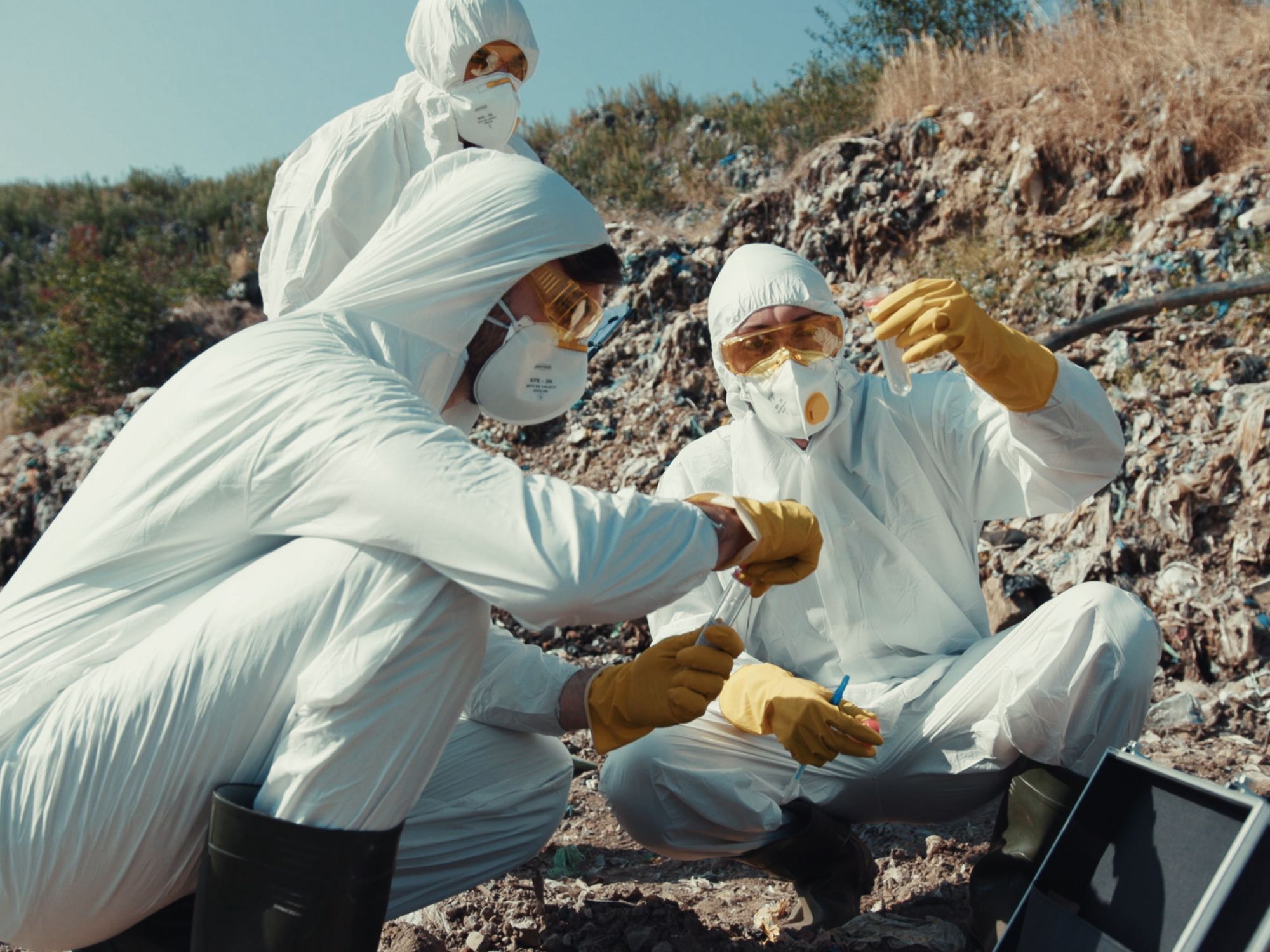Sampling strategies

- Physical and chemical properties of the wastes to be sampled should be taken into consideration since they can influence the sampling development process.
- Two major sampling approaches may be employed to collect representative samples, authoritative sampling or random sampling.
The development and application of a sampling strategy is a prerequisite to obtaining a representative sample capable of producing scientifically viable data. These strategies should be selected or prepared prior to actual sampling to organize and coordinate sampling activities, to maximize data accuracy, and to minimize errors attributable to incorrectly selected sampling procedures. At a minimum, a sampling strategy should address the following:
- Objectives of collecting the samples,
- Types of samples needed (e.g., grab or composite),
- Selection of sampling locations,
- Number of samples,
- Sampling frequency, and
- Sample collection and handling techniques to be used.
In addition, the following factors should also be taken into consideration since they can influence the sampling development process:
- Physical properties of the wastes to be sampled,
- Chemical properties of the wastes to be sampled, and
- Special circumstances or considerations (e.g., complex multi-phasic waste streams, highly corrosive liquids).
Based upon the data objectives and considerations addressed in the sampling strategy, two major sampling approaches may be employed to collect representative samples. These approaches are summarized as follows:
Authoritative sampling. Where sufficient historical, site, and process information is available to accurately assess the chemical and physical properties of a waste, authoritative sampling (also known as judgement sampling) can be used to obtain representative samples. This type of sampling involves the selection of sample locations based on knowledge of waste distribution and waste properties (e.g., homogeneous process streams) as well as management units considerations. Accordingly, the validity of the sampling is dependent upon the accuracy of the information used. The rationale for the selection of sampling locations is critical and should be well documented.
Random sampling. Due to the difficulty of determining the exact chemical and physical properties of hazardous waste streams that are necessary for using authoritative sampling, the most commonly used sampling strategies are random (not to be confused with haphazard) sampling techniques. Generally, three specific techniques — simple, stratified, and systematic random — are employed. By applying these procedures, which are based upon mathematical and statistical theories, representative samples can be obtained from nearly every waste sampling scenario.
